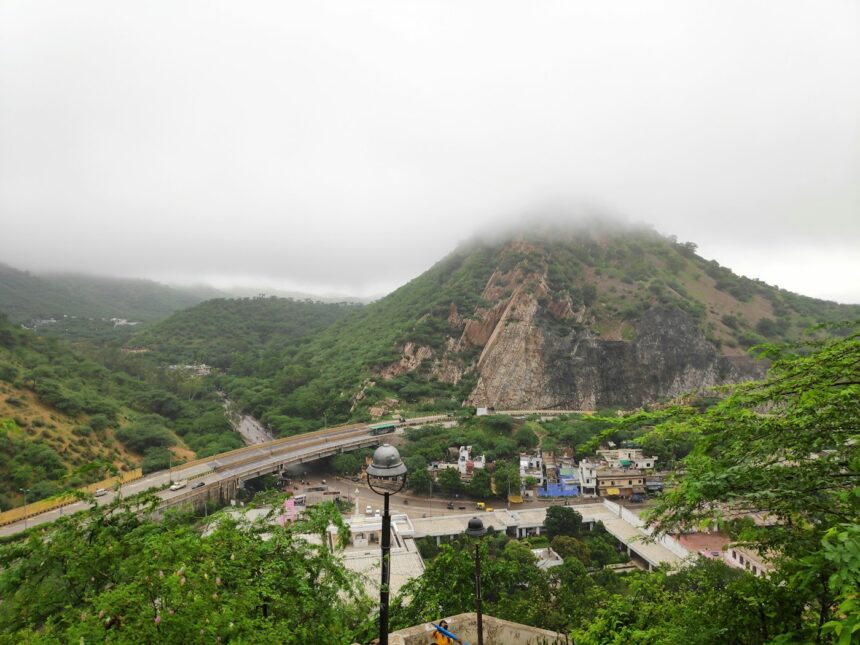The Indian National Highway System: A Backbone of Progress
India’s National Highway System (NHS) is a cornerstone of the nation’s infrastructure, driving economic growth, improving connectivity, and fostering social development. Covering over 140,000 kilometers, it forms the backbone of India’s road network, linking major cities, towns, ports, and borders, and providing a vital lifeline for commerce and travel.
Evolution of the Indian National Highway System
The history of the Indian National Highway System is a testament to the country’s commitment to development. The system was born in the early years of independence when the government recognized the need for a robust road network to support economic activities. Over the decades, the network has expanded dramatically, with the Golden Quadrilateral project in the early 2000s marking a significant milestone. This ambitious project connected the four major metro cities—Delhi, Mumbai, Chennai, and Kolkata—ushering in a new era of highway development.
The National Highway Authority of India (NHAI) plays a pivotal role in planning, constructing, and maintaining this vast network. Under the Bharat Mala project, the government aims to further enhance the network, focusing on improving connectivity in remote and rural areas, reducing travel time, and promoting regional economic integration.
Importance of the National Highway System
The Indian National Highway System is more than just a series of roads; it is a critical enabler of economic growth and social progress. Here’s how:
- Economic Growth: The highways facilitate the movement of goods and people across the country, significantly reducing transportation costs and time. This efficiency boosts trade, both domestic and international, and plays a crucial role in India’s GDP growth. Industries such as agriculture, manufacturing, and retail heavily rely on this network to transport goods swiftly and cost-effectively.
- Connectivity: National Highways connect India’s diverse regions, linking urban centers with rural areas, and making remote regions more accessible. This improved connectivity fosters economic opportunities in underdeveloped areas, helping to reduce regional disparities. Moreover, the highways are crucial for integrating markets across states, enabling a more unified national economy.
- Tourism Development: India’s rich cultural and natural heritage is scattered across its vast landscape. The National Highways make these treasures accessible to both domestic and international tourists, contributing significantly to the tourism sector, which is a vital part of India’s economy. Whether it’s the serene beaches of Goa, the majestic mountains of Himachal Pradesh, or the historical monuments of Rajasthan, the National Highways are the arteries that make exploration possible.
- Emergency Response: During natural disasters or other emergencies, the National Highway System serves as a critical route for relief efforts. The roads facilitate the swift movement of aid, personnel, and equipment to affected areas, potentially saving lives and reducing suffering.
Challenges and the Road Ahead
Despite its importance, the Indian National Highway System faces several challenges. Traffic congestion, particularly near urban centers, is a significant issue, leading to increased travel times and pollution. Additionally, road safety remains a concern, with a high rate of accidents occurring on national highways. The government has been proactive in addressing these challenges through initiatives such as the expansion of highway lanes, the introduction of expressways, and enhanced road safety measures.
The future of the National Highway System looks promising. The government’s continued focus on infrastructure development, coupled with technological advancements such as intelligent traffic management systems and eco-friendly construction practices, will likely transform India’s highways into even more efficient and safer conduits of progress.
Conclusion
The Indian National Highway System is not just a network of roads but a symbol of India’s aspirations for growth, unity, and modernization. As it continues to expand and evolve, it will undoubtedly play an even more critical role in shaping the future of the nation, connecting people, places, and opportunities like never before. Whether you’re a traveler, a business owner, or a farmer, the National Highways are an integral part of your journey toward success in India.







